Exploring the Possibility of Firing a Bullet from the Moon
Written on
Chapter 1: Can You Fire a Gun on the Moon?
In this article, we address a fascinating inquiry from one of our readers: What if a Kalashnikov rifle were discharged on the lunar surface towards Earth? Would the bullet defy lunar gravity and reach our planet, or would it return to the Moon?
To explore this question, we need to consider several aspects:
- Is it feasible to use a firearm on the Moon?
- Does the bullet from an AK-47 possess enough initial speed to escape lunar gravity?
- How does the bullet's velocity vary between Earth and lunar conditions?
Let's break these down one by one.
Section 1.1: Firing a Gun on the Moon
It’s a common myth that shooting a firearm in space, including on the Moon, is impossible due to a lack of oxygen. However, modern ammunition is designed to be airtight, meaning the gunpowder doesn’t depend on atmospheric oxygen to ignite. Consequently, whether in an atmosphere, underwater, or a vacuum, the conditions for firing remain unchanged.
The gunpowder used in cartridges already contains an oxidizer, allowing it to combust without external oxygen. Thus, discharging firearms in a vacuum, such as on the Moon, is entirely possible. This has been demonstrated before; during the late 1960s, the USSR conducted tests with an orbital cannon, a modified 23mm aviation gun, successfully firing it while the “Almaz” space station was descending from orbit.
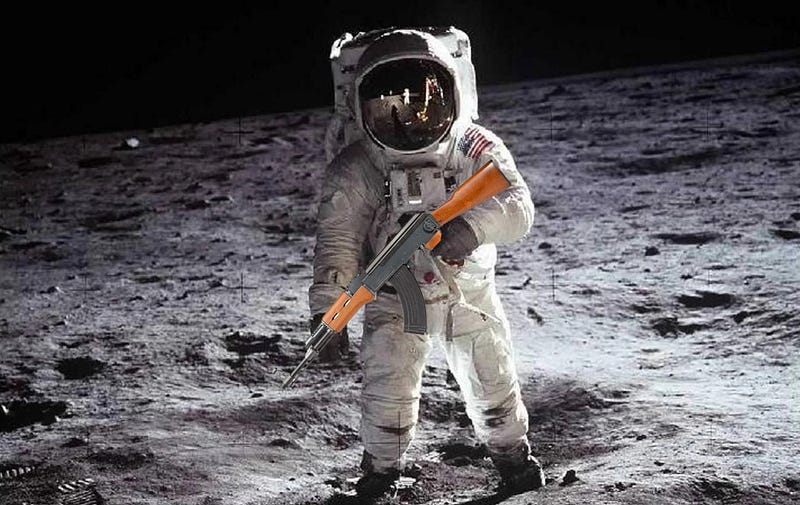
Section 1.2: The Challenge of Reaching Earth
To determine whether a bullet could travel from the Moon to Earth, we first need to understand that a bullet must reach the Moon’s escape velocity of 2.38 km/s. This speed must be achieved as the bullet exits the firearm, as no further acceleration occurs after that point. The muzzle velocity of a bullet from an AK-47 on Earth is approximately 910 m/s (or 0.91 km/s), which is significantly less than what is required to escape lunar gravity.
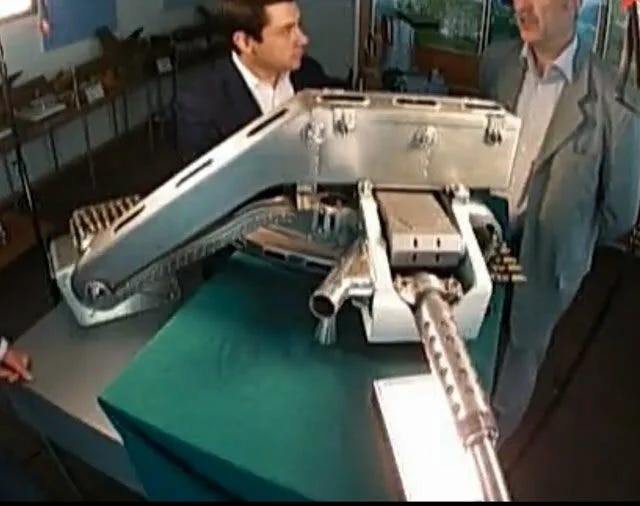
Currently, no firearms exist on Earth capable of firing a bullet at such high speeds. The fastest bullets come from specialized cartridges, like the .220 Swift, which achieves around 1200 m/s. Even artillery projectiles, which can achieve velocities ranging from 800 to 1200 m/s, would fail to reach Earth if launched from the Moon.
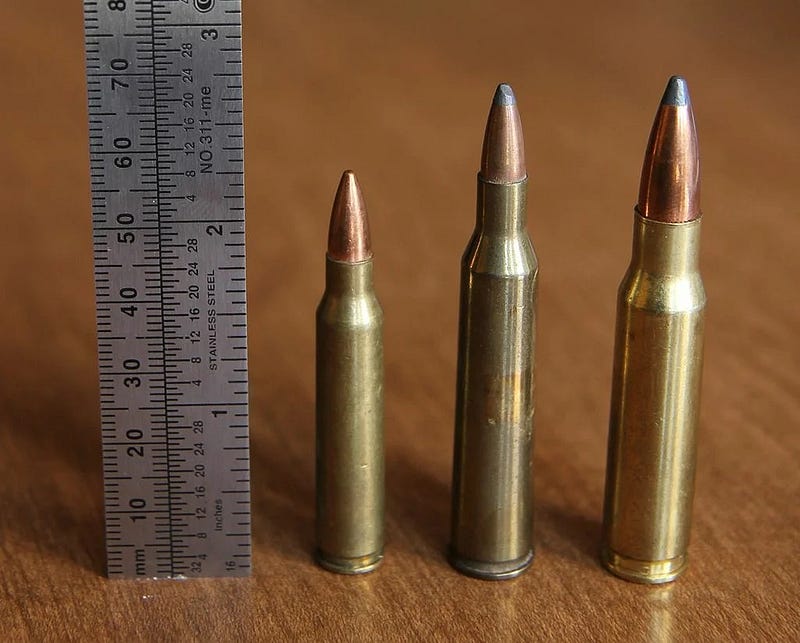
Section 1.3: Effects of Lunar Conditions on Bullet Velocity
One might think that a bullet fired on the Moon would travel faster due to the absence of air resistance and reduced gravity. However, in reality, the lack of air in the barrel does not affect the bullet's initial velocity. On Earth, the bullet doesn't encounter air resistance within the barrel either, as combustion gases push the bullet forward, clearing its path.
This phenomenon is evident in slow-motion footage of gunshots, where you can observe the cloud of gases exiting the barrel before the bullet follows.
While a bullet on the Moon would indeed face less gravitational pull—six times weaker than on Earth—this doesn't translate to a sixfold increase in initial velocity. The forces driving the bullet remain consistent across both environments, meaning the initial bullet speed remains comparable to Earth conditions.
In summary, a bullet fired from a Kalashnikov rifle or any modern firearm cannot reach Earth from the Moon.
Chapter 2: Alternatives to Firearms
While traditional firearms cannot achieve the required velocity, military technology like railguns can. These devices utilize magnetic fields to propel projectiles at speeds between 4 to 6 km/s, which is more than enough to escape lunar gravity.
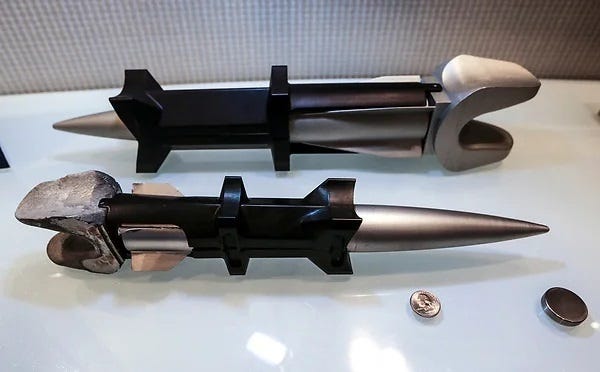
Nevertheless, precise targeting is essential for a railgun to hit Earth accurately. A miscalculated shot could result in the projectile entering an elongated orbit around the planet. Upon reaching the atmosphere at approximately 11 km/s, it would likely burn up before making contact with the surface.
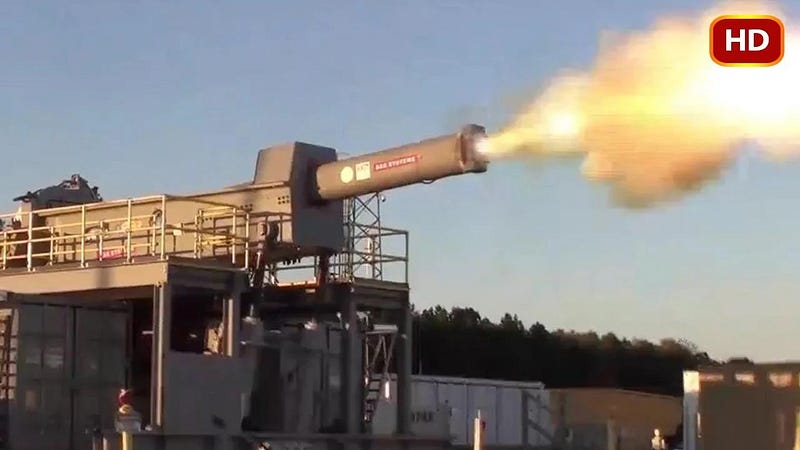
For more articles about space, be sure to subscribe to our channel and share your questions, which I will address in future discussions. If you appreciate my work, consider supporting us on Medium for just $5 a month to help us create even better content.